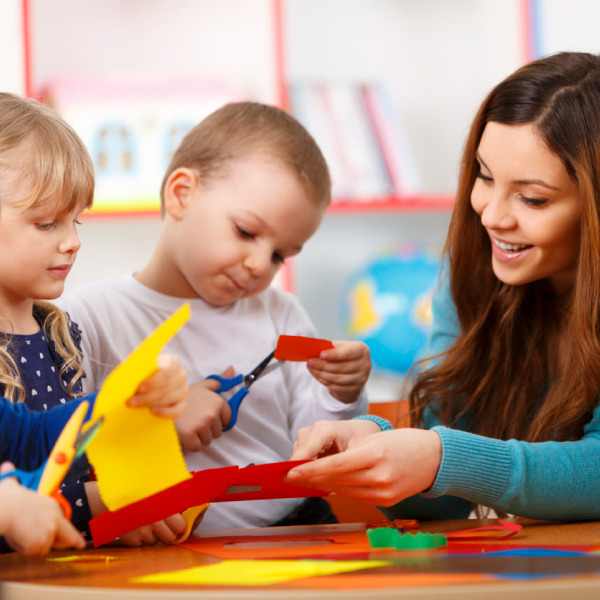
Fine Motor Strength & Skills
Fine motor skills involve the use of precise and coordinated movements of the fingers to perform hand use tasks. Fine motor skills are necessary for completing daily tasks such as dressing (using buttons/zippers), feeding (using mealtime utensils), being a student (using a pencil, keyboard, or scissors), and leisure/play activities (drawing, playing many musical instruments).

How Does it Impact School Function
-
Holding writing utensils (immature grasp)
-
Poor handwriting
-
Scribbly drawing
-
Cutting with scissors
-
Turning the pages of books
-
Opening snacks/baggies/containers
-
Self-dressing (buttoning, zipping, snapping, buckling)
-
Typing
-
Difficulty using both hands at once
-
Difficulty picking up small objects
-
Messy or slow drawing, coloring, or writing skills.
-
Fatigue with fine motor tasks
-
Frustration leading to avoidance or refusal to participate in fine motor tasks
-
Decreased self-esteem
Fine Motor Development Ideas
- Determine hand dominance and reinforce more frequent use of dominant hand
- Finger painting
- Finger isolation tasks (popping bubble wrap, poking games, finger puppets,
- Cutting activities
- In-hand manipulation activities Hand/finger strengthening (clips, tongs, tweezers)
- Playdoh
- Lacing beads
- Twisting pipe cleaners
- Using utensils to eat
- Construction using pushing and pulling with fingers (Duplos, Squigz, Pop-beads, etc.)
- Sensory gel maze
- Water play with droppers/syringes/spray bottles
- Craft activities
- Dice games
- Board games
Gross Motor Development Ideas
Gross motor skills involve movements of the large muscles of the arms, legs, and torso. People rely on gross motor skills for activities at school, at work, at home, and in their everyday lives. People who struggle with gross motor skills have trouble doing whole-body movements like running and jumping.
- Run around obstacles
- Running with control
- Walk on a line
- Balance on one foot for 5 – 10 seconds
- Hop on her preferred foot
- Pedalling a tricycle
- Walking up and down stairs with alternating feet
-
Jump from 12 inches with feet together
-
Jumping with two feet together 5 times in a row
-
Use a slide independently
-
Climbing on jungle gym and ladders
-
Transitioning into different positions (e.g. sitting, all fours, lying on tummy)
-
Imitating simple bilateral movements of limbs (e.g. arms up together)
-
Picking up toys from the floor without falling over
-
Throwing objects with an overarm action at a target
-
Catching a ball (using the whole body, not just arms)



